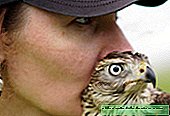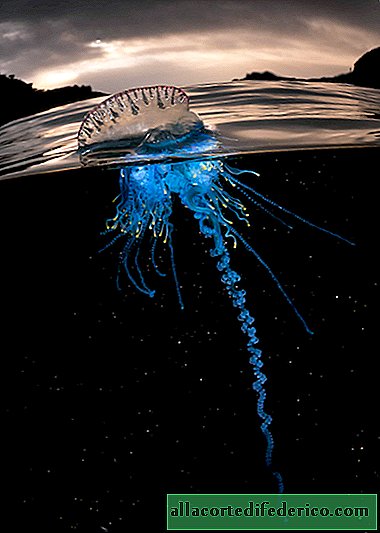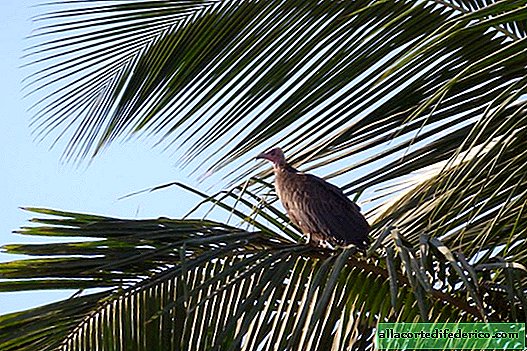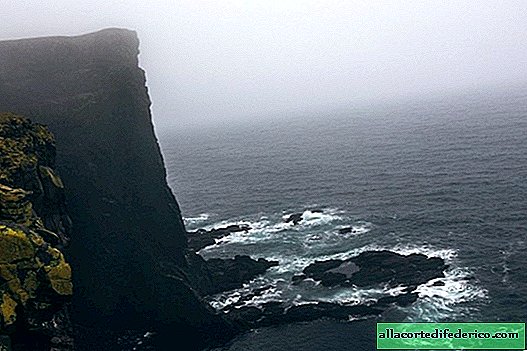Ant lion: why the cunning insect got such a magnificent name
Not only entomologists, but also physicists became interested in this unusual insect, so what it does was so incredible. The ant lion larva digs complex traps in the sand, which are so perfect that they almost leave no chance for a gaping insect.
 Ant lion: sand trap, larva, adult
Ant lion: sand trap, larva, adultAn adult ant lion is a typical retinal winged insect that does not resemble its larva either in appearance or in food habits. But the ant lion larva Myrmeleon formicarius acts very unusual. The name got its appearance for a reason. The fact is that the main food of the larva is ants, as well as other gape insects and spiders. But the way in which this species is hunted casts doubt on the fact that insects are inferior in their mental abilities to more complex animals.
 The ant lion larva is waiting for its prey
The ant lion larva is waiting for its preyThe larva digs a hole in the sand in the form of a cone-shaped funnel, but does this, observing certain rules. Larvae of large size are deftly thrown out of the funnel, leaving only small ones on the slopes. She does her work without rushing, very carefully, since the success of the entire enterprise directly depends on the quality of sorting. At the same time, the larva moves from top to bottom, gradually narrowing the circle, which aroused interest among physicists. By simulating the process of constructing a trap in a laboratory, scientists found that building a funnel from top to bottom is more efficient. Moving in a spiral down, the ant lion causes collapses of sand grains, which also contributes to their sorting.
 After the construction is completed, only the smallest grains of sand remain in the funnel
After the construction is completed, only the smallest grains of sand remain in the funnelAfter the process of separation of grains of sand is over, a cunning hunter is placed in the center, buried in the sand, and waiting for his victim. Sooner or later, a hardworking ant that has gone astray or a gape spider is on the edge of the hole. The smallest grains of sand, unable to bear the weight of the insect, showered inside, dragging lunch for the larva. In such a highly scientific way, the ant lion seeks food for himself.

















